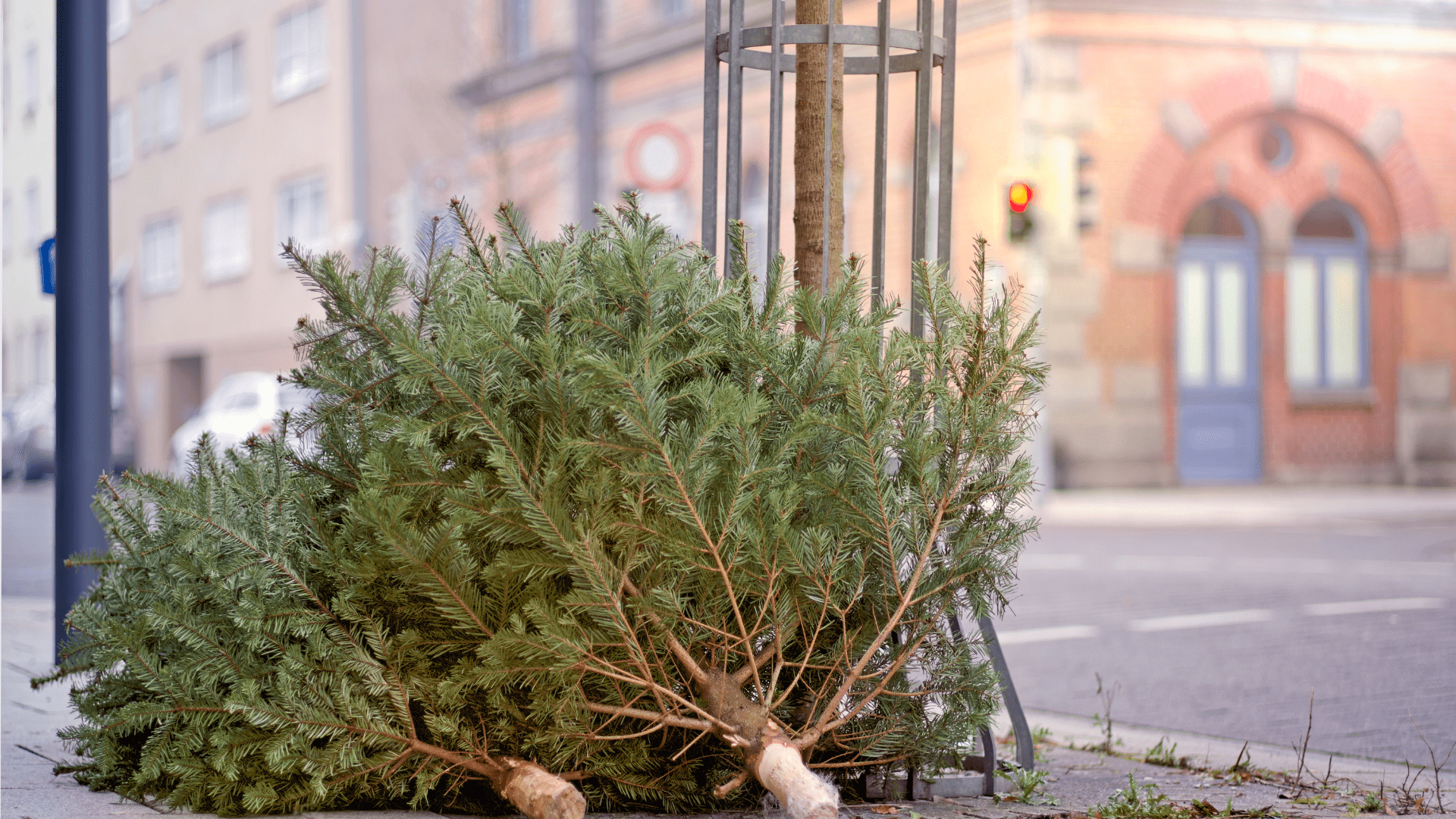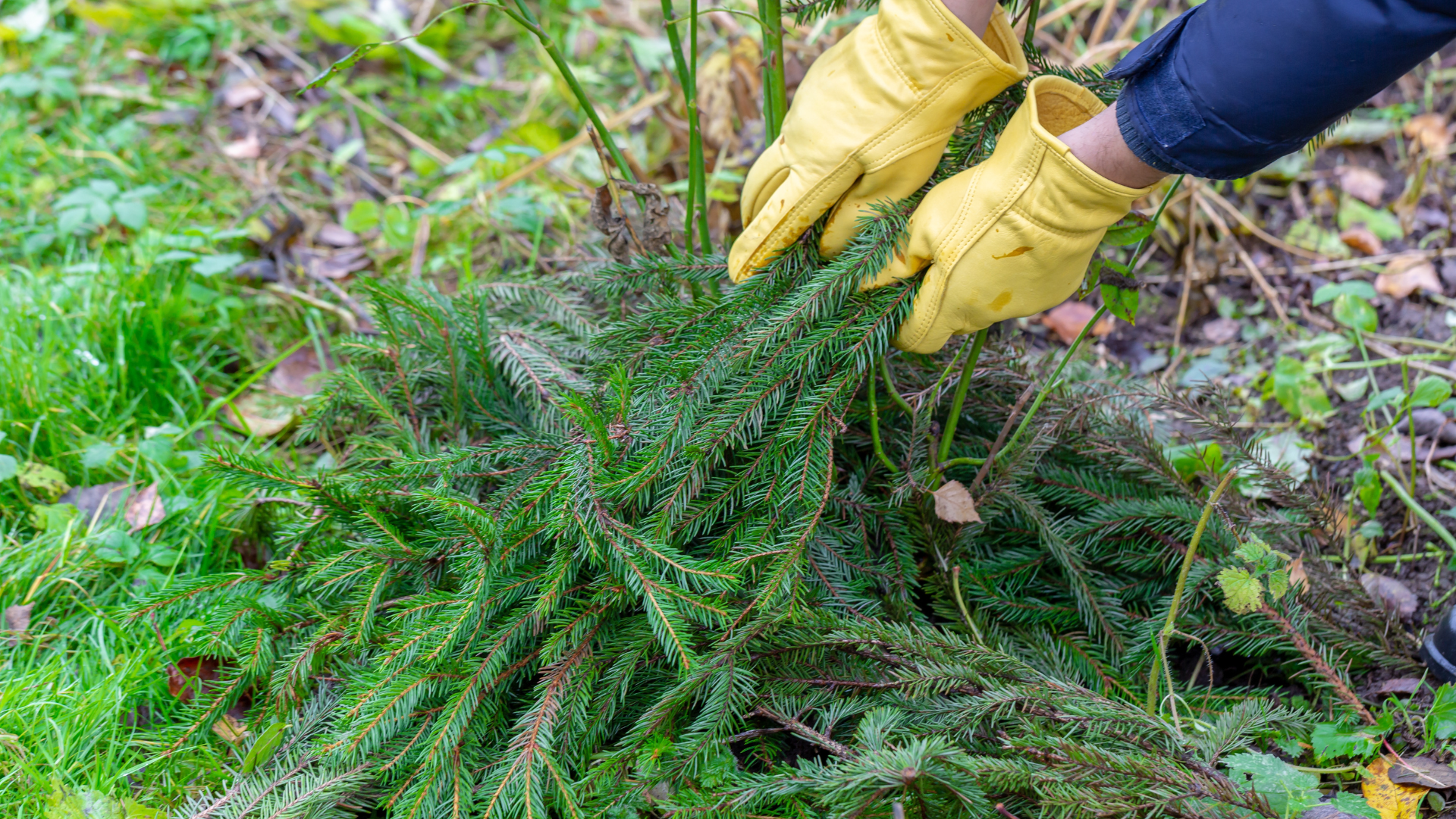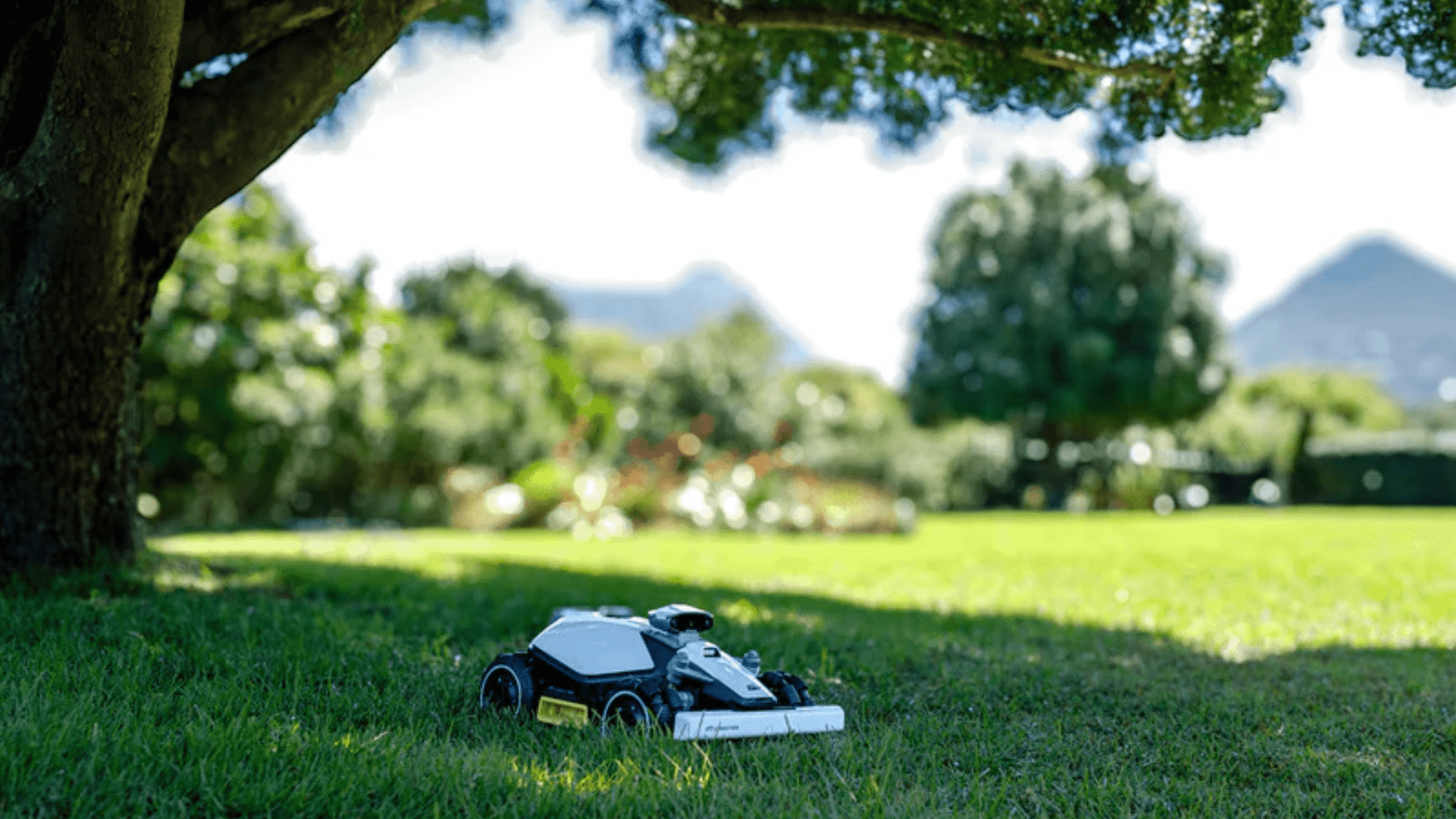Whether you like to keep up your real Christmas tree for a short time or a long time, experts at The Morton Arboretum in Illinois give helpful tips regarding proper disposal once they’re taken down.
“It’s crucial to safely and appropriately discard a tree after its use to prevent a fire hazard,” said Spencer Campbell, the Arboretum’s Plant Clinic Manager.
Prevent Fires
Real Christmas trees can quickly turn into a fire hazard once they dry out, and it can happen quickly. It’s important to discard them once they show signs of drying out. Signs include, but are not limited to, dry needles becoming brittle and falling off. Additionally, the tree will no longer absorb water when dried. “Never burn an evergreen tree in a fireplace or woodstove, as it may cause buildup that could lead to a chimney fire,” Campbell cautioned.
There are other ways to get rid of them rather than burning them.
Recycle

Bare evergreens can be recycled at participating facilities. It’s important to check with your local municipalities or waste management companies about recycling or disposal. They will inform you when and where pick-up will be or if you need to drop it off somewhere. Recycled trees are chipped into mulch or compost. In some areas, people can pick up the mulch or compost for their gardens.
Clear off the Branches
“Only the actual tree can be recycled,” Campbell said. “Be sure to remove all decorations. If using a plastic bag to carry the tree from the house, take the bag off outside.”
If a tree is covered when picked up, it goes to the landfill rather than recycled. A flocked tree, for example, is not recyclable. These are trees covered in white synthetic powder used to imitate snow. They must be thrown away instead of recycled. Do not recycle garlands, wreaths, or anything wrapped with wire because it could damage shredding machines. It’s important to remove these materials before discarding.
The Garden

If you have one, consider saving some branches for your garden. Branches cut from the tree help protect the plants. Laying the branches over the garden bed insulates the soil so it doesn’t heat up during winter spells, preventing plants from emerging prematurely from dormancy.
Helping Wildlife
The trunks provide great shelter and protection for critters. “If space permits–and neighbors don’t mind–leave the tree in your backyard to provide shelter for birds and other animals during winter,” Campbell said.
If applicable, toss the old trunk in a pond on your property to shelter a fish. Weighting the trunks with organic materials helps ensure they sink to the bottom.







